Top 50 FAQ about sourcing from china
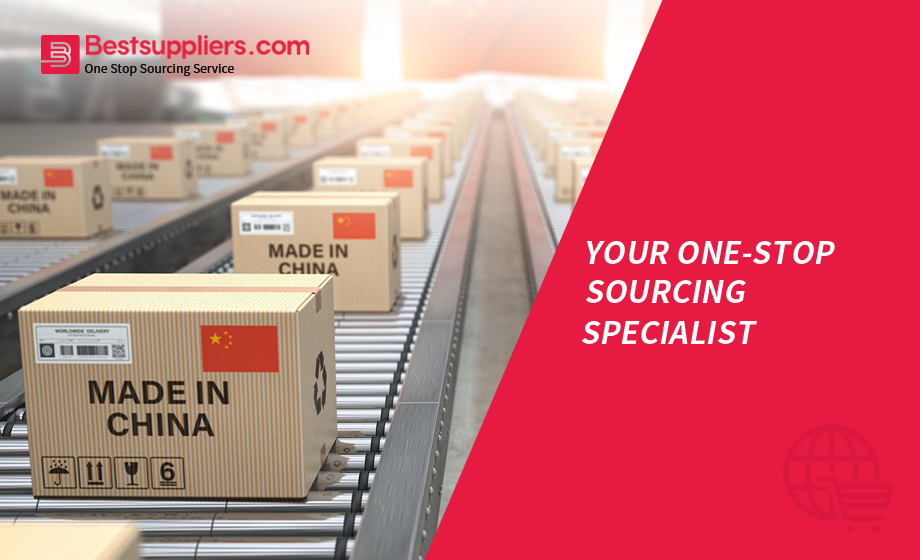
I. Introduction
Sourcing products from China has become increasingly important in today's global marketplace. With its vast manufacturing capabilities and competitive pricing, China has become a go-to destination for businesses worldwide. However, many questions and concerns arise when considering sourcing from this country. In this article, we will address these common inquiries and provide valuable insights to help you navigate the sourcing process effectively and successfully.
II. General Questions about Sourcing from China
A. What is sourcing?
Sourcing refers to the process of identifying and selecting suppliers for the procurement of goods or services. It involves researching potential suppliers, evaluating their capabilities, negotiating terms, and establishing a business relationship.
B. Why is China a popular sourcing destination?
China's popularity as a sourcing destination stems from several factors. First and foremost is its manufacturing capacity, which is unparalleled in terms of scale and efficiency. Chinese factories produce a wide range of products at competitive prices, making it a cost-effective choice for businesses. Additionally, China offers a diverse supplier base, enabling access to various industries and product categories.
C. Are there any risks associated with sourcing from China?
While sourcing from China offers numerous benefits, it's essential to be aware of the potential risks involved. These may include language barriers, cultural differences, intellectual property infringement, product quality issues, and challenges in communication and logistics. However, with proper due diligence and precautions, these risks can be mitigated effectively.
D. How can I find reliable suppliers in China?
Finding reliable suppliers in China requires thorough research and due diligence. Online platforms like Alibaba, Global Sources, and Made-in-China are popular resources for finding suppliers. It's crucial to assess a supplier's credibility by reviewing their company profile, product range, customer reviews, and certifications, and conducting background checks. Building relationships and attending trade shows can also help in connecting with reliable suppliers.
E. What are the advantages of sourcing from China over other countries?
Sourcing from China offers several advantages over other countries. Firstly, China's manufacturing infrastructure allows for economies of scale, resulting in lower production costs. Additionally, the country's extensive supplier network provides access to a wide variety of products. Furthermore, China has a well-established logistics and shipping system, making it easier to transport goods globally. Lastly, the country's business-friendly environment and experience in international trade make it a favorable sourcing destination.
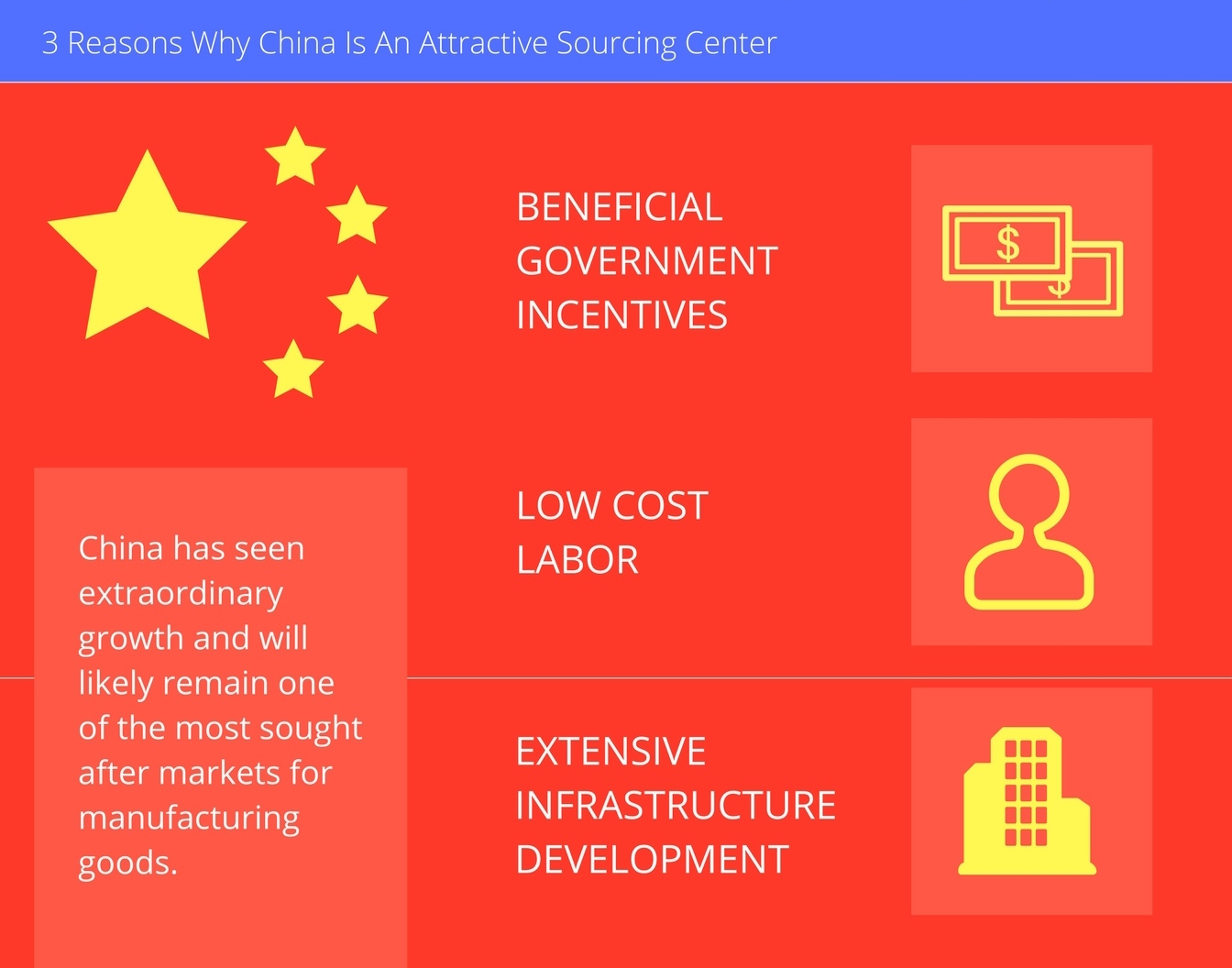
III. Logistics and Shipping
A. How does shipping from China work?
Shipping from China involves various steps. Once the goods are ready for export, they are typically transported to a port, such as Shanghai or Shenzhen, via truck or rail. From there, they are loaded onto cargo ships for international transportation. Upon arrival at the destination port, customs clearance and local distribution take place before reaching the final destination.
B. What are the different shipping methods available?
Several shipping methods are available when sourcing from China. The most common options include sea freight, air freight, and express courier services. Sea freight is suitable for large-volume shipments, offering cost advantages but longer transit times. Air freight is faster but generally more expensive. Express courier services, such as DHL or FedEx, are ideal for small and urgent shipments.
C. What is the average shipping time from China?
The average shipping time from China depends on the chosen shipping method and the destination. Sea freight can take anywhere from a few weeks to a couple of months, depending on the distance and customs clearance processes. Air freight typically takes around 5-10 days, while express courier services can deliver within a few days.
D. How can I ensure my goods are safely transported?
To ensure the safe transportation of goods from China, it is crucial to work with reputable logistics partners. Choose logistics providers with experience in international shipping and a solid track record. Proper packaging and labeling of goods, including the use of suitable materials for protection, is essential. Insurance coverage for goods during transit is also advisable.
E. Are there any customs procedures or import duties to consider?
Yes, when importing goods from China, it is necessary to comply with customs procedures and consider import duties. Each country has its own customs regulations and requirements, which must be followed. Import duties are levied based on the product category and the country of import. It is advisable to consult with customs authorities or engage customs brokers to ensure compliance with all relevant regulations.

IV. Product Quality and Certification
A. How can I ensure the quality of products from China?
Ensuring product quality when sourcing from China requires careful supplier selection, communication, and quality control measures. Thoroughly evaluate potential suppliers by reviewing their certifications, product samples, and track records. Clearly communicate your quality expectations and specifications to suppliers, emphasizing the need for adherence to international quality standards. Regular product inspections and quality control checks during production are crucial to maintain consistent quality.
B. What certifications should I look for in Chinese products?
When sourcing from China, it is essential to look for relevant certifications based on the product category. Some common certifications include ISO 9001 (Quality Management System), ISO 14001 (Environmental Management System), and ISO 45001 (Occupational Health and Safety Management System). Additionally, specific industry certifications or compliance with regulatory standards, such as CE (European Conformity) or FDA (U.S. Food and Drug Administration), may be necessary depending on the product and target market.
C. Are there any product safety standards in China?
China has its product safety standards that must be adhered to when sourcing goods. The most notable standard is the CCC (China Compulsory Certification), which applies to a wide range of products, including electronics, toys, and automotive parts. Additionally, China has implemented regulations regarding product labeling, hazardous substances, and safety testing. Familiarize yourself with the relevant standards and ensure that your suppliers comply with them.
D. How can I handle product inspections and quality control?
Managing product inspections and quality control involves several steps. Firstly, establish clear quality control criteria and specifications for your products. Communicate these requirements to your suppliers and conduct initial product inspections during the pre-production phase. Throughout production, perform periodic inspections to identify and address any quality issues. Consider engaging third-party inspection services to conduct independent inspections and provide objective assessments.
V. Communication and Language Barrier
A. How can I overcome the language barrier when communicating with Chinese suppliers?
Overcoming the language barrier requires effective communication strategies. Hiring a translator or working with a bilingual contact can facilitate smoother communication. Additionally, utilizing translation tools, such as online language translators or professional translation services, can aid in understanding and conveying information accurately. Developing a clear and concise communication style and using visual aids, such as diagrams or images, can also help bridge the language gap.
B. What are the common challenges in communication with Chinese suppliers?
Communication challenges when dealing with Chinese suppliers often arise from language differences, cultural nuances, and time zone variations. Misinterpretation of information, misunderstandings, and delayed responses can occur. It is crucial to maintain patience, clarify expectations, and establish open lines of communication. Building a strong working relationship and nurturing mutual trust can also contribute to smoother communication over time.
C. Are there any cultural considerations to keep in mind?
Understanding and respecting Chinese cultural considerations can enhance business relationships. Chinese culture emphasizes hierarchy, respect for authority, and the importance of face-saving. Politeness, patience, and indirect communication styles are valued. It is advisable to familiarize yourself with Chinese etiquette, such as proper greetings, business card exchange protocols, and gift-giving customs, to foster positive interactions and build rapport with Chinese suppliers.
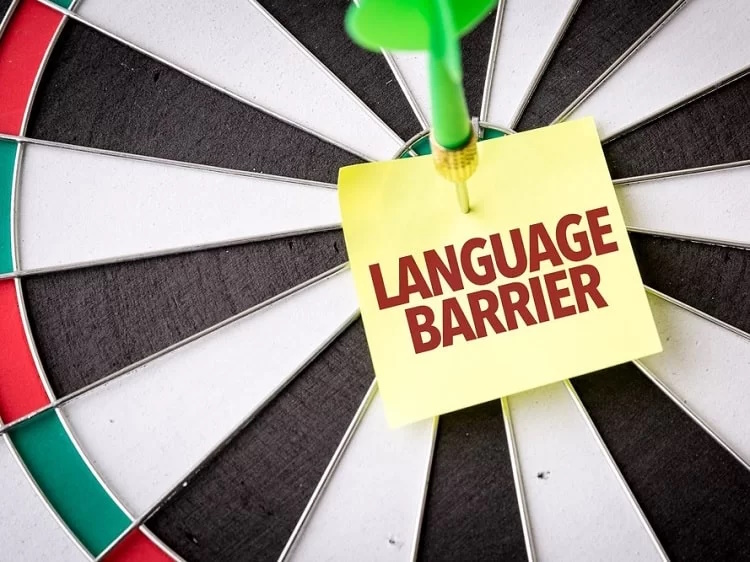
VI. Intellectual Property Protection
A. What measures can I take to protect my intellectual property when sourcing from China?
Protecting intellectual property (IP) when sourcing from China requires a proactive approach. Start by registering your patents, trademarks, or copyrights in your home country, and consider registering them in China as well. Clearly define and document your IP rights in contracts with suppliers and partners. Implement confidentiality agreements and non-disclosure clauses to safeguard sensitive information. Regularly monitor the market for potential IP infringements and take legal action if necessary.
B. How can I avoid counterfeit products or IP infringement?
To avoid counterfeit products and IP infringement, conduct thorough due diligence on potential suppliers. Verify their authenticity, reputation, and compliance with IP laws. Request product samples and thoroughly inspect them for quality and authenticity. Implement robust supply chain management practices to track and trace products throughout the production and distribution process. Engage legal professionals who specialize in intellectual property to advise and assist with enforcing your rights if infringements occur.
VII. Pricing and Payment
A. How do I negotiate pricing with Chinese suppliers?
Negotiating pricing with Chinese suppliers requires a strategic approach. Research and benchmark prices for similar products in the market to establish a reference point. During negotiations, emphasize factors such as quality, order volume, long-term partnership potential, and payment terms. Be prepared to negotiate and compromise to reach a mutually beneficial agreement. Building a strong relationship based on trust and open communication can also facilitate more favorable pricing discussions.
B. What are the accepted payment methods in China?
The most common payment methods when sourcing from China are bank transfers (T/T), letters of credit (L/C), and online payment platforms like Alibaba's Trade Assurance or PayPal. Bank transfers are the most prevalent, with suppliers typically requiring a deposit upfront and the remaining balance before shipment. Letters of credit provide additional security but involve more complex documentation. Online payment platforms offer buyer protection and can be convenient for smaller transactions.
C. Are there any additional costs to consider, such as taxes or currency exchange?
When sourcing from China, it is essential to consider additional costs beyond the product price. Import duties, customs fees, and taxes imposed by your home country upon the arrival of goods should be factored into your budget. Currency exchange rates and potential banking fees associated with international transactions also affect the overall cost. Consult with financial professionals or customs experts to accurately assess and account for these additional costs.

VIII. Minimum Order Quantities and Customization
A. What is the typical minimum order quantity (MOQ) when sourcing from China?
The minimum order quantity (MOQ) when sourcing from China varies depending on the product, supplier, and industry. MOQs can range from a few hundred units to thousands or more. Customized or unique products often have higher MOQ requirements due to production setup costs. It is crucial to discuss MOQs with suppliers during negotiations and determine if they align with your business requirements and market demand.
B. Can I request product customization or private labeling?
Yes, many Chinese suppliers offer product customization and private labeling services. This allows businesses to differentiate their products and establish their brand identity. Discuss your customization requirements with suppliers, provide detailed specifications, and request samples to evaluate the quality of customization work. Keep in mind that customization may involve additional costs and potentially higher MOQs.
C. How can I ensure my product specifications are met?
Ensuring product specifications are met involves clear and detailed communication with suppliers. Provide comprehensive product specifications, including dimensions, materials, colors, and any other relevant details. Utilize visual aids, such as technical drawings or reference samples, to illustrate your expectations accurately. Regularly communicate with suppliers throughout the production process, request progress updates, and conduct quality control checks to ensure compliance with specifications.
IX. Supplier Due Diligence
A. What information should I gather when conducting due diligence on Chinese suppliers?
When conducting due diligence on Chinese suppliers, gather essential information to assess their credibility and capabilities. This may include their company profile, business licenses, certifications, factory audits, financial stability, production capacity, and client references. Evaluate their reputation by checking online reviews, testimonials, or engaging third-party verification services. A comprehensive understanding of a supplier's background and performance is crucial before engaging in business transactions.
B. How can I verify the credibility and reputation of a supplier?
Verifying the credibility and reputation of a Chinese supplier requires a multi-faceted approach. Conduct online research to gather information, including checking their website, social media presence, and online reviews. Request and verify business licenses, certifications, and references. Consider visiting the supplier's facility in person or engaging a third-party inspection company to assess their production capabilities and quality control processes. Direct communication with the supplier and ongoing relationship-building can also provide insights into their professionalism and reliability.

X. Product Samples and Prototyping
A. Is it common to request product samples from Chinese suppliers?
Yes, it is common and recommended to request product samples from Chinese suppliers before placing a bulk order. Product samples allow you to evaluate the quality, design, functionality, and suitability of the product for your market. It is advisable to request samples from multiple suppliers to compare and select the most suitable one. Pay attention to details such as craftsmanship, materials used, packaging, and overall product presentation.
B. How can I evaluate the quality of product samples?
To evaluate the quality of product samples, conduct a comprehensive assessment based on your specifications and expectations. Inspect the sample for any defects, inconsistencies, or deviations from the agreed-upon specifications. Test the product's functionality and performance, if applicable. Compare the sample against your quality standards and conduct a side-by-side comparison if you have samples from multiple suppliers. Request modifications or adjustments if necessary, and seek clarification on any areas of concern.
C. What options are available for prototyping new products?
When prototyping new products, you have several options available. Chinese suppliers often offer prototyping services, allowing you to create sample products based on your design and specifications. Rapid prototyping technologies, such as 3D printing or CNC machining, are widely used to quickly produce physical prototypes. Working with product design firms or engineering consultants can provide expertise in the prototyping process. Evaluate the best approach based on your product's complexity, budget, and time constraints.
XI. Sourcing Agents and Trading Companies
A. What are sourcing agents and how can they assist in the sourcing process?
Sourcing agents act as intermediaries between buyers and suppliers, assisting in various aspects of the sourcing process. They have extensive knowledge of the local market, supplier networks, and industry practices. Sourcing agents can help with supplier selection, negotiation, quality control, logistics coordination, and overcoming language and cultural barriers. Engaging a sourcing agent can save time, mitigate risks, and enhance the efficiency of the sourcing process.
B. What are the advantages and disadvantages of working with trading companies?
Working with trading companies in China can have advantages and disadvantages. Trading companies often have a wide network of suppliers and offer a diverse range of products. They provide convenience by consolidating orders from multiple suppliers, handling logistics, and offering various services under one umbrella. However, trading companies may charge higher prices than dealing directly with manufacturers. Additionally, they may have limited control over product quality, customization options, and production processes. Assess the specific needs of your business and carefully evaluate the pros and cons before engaging with a trading company.
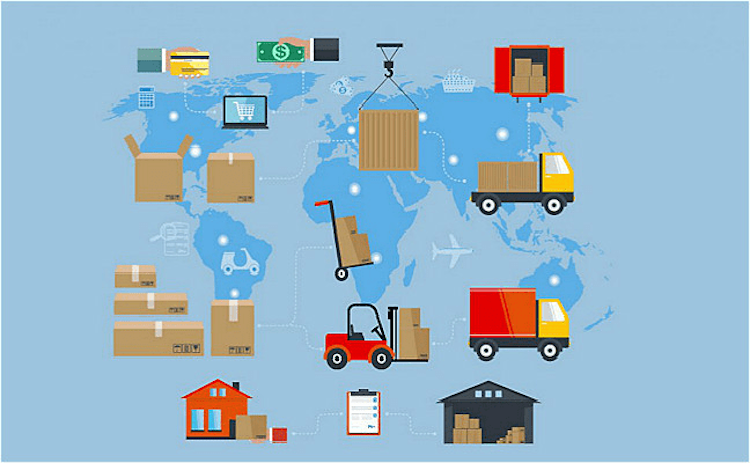
XII. Quality Control and Product Inspections
A. How can I conduct product inspections in China?
Conducting product inspections in China requires planning and coordination. You can either conduct inspections yourself or hire third-party inspection companies. If conducting inspections yourself, schedule visits to the supplier's facility during key production stages, such as pre-production, in-process, and pre-shipment. Develop a checklist based on your product specifications and quality standards. Inspect product samples, raw materials, production processes, packaging, and labeling. Document any issues or non-compliance and work with the supplier to address them.
B. What should I look for during a product inspection?
During a product inspection, pay attention to various aspects to ensure product quality. Inspect the product's appearance, dimensions, functionality, and performance against your specifications. Check for any defects, damages, or inconsistencies. Assess the packaging, labeling, and product documentation for accuracy and compliance. Conduct tests or functional checks, if applicable, to verify performance. Verify that all required certifications or regulatory compliance marks are present. Document any deviations from your quality requirements for further discussion with the supplier.
C. Are there any third-party inspection services available?
Yes, there are several reputable third-party inspection services available in China. These independent inspection companies specialize in assessing product quality and adherence to specifications. They conduct inspections at various stages of production and provide detailed reports on their findings. Third-party inspection services offer an objective assessment, reduce the risk of biased evaluations, and provide an added layer of assurance for buyers. Engaging in such services can help ensure that your products meet the required quality standards.
XIII. Returns, Refunds, and Disputes
A. What is the process for handling returns and refunds?
The process for handling returns and refunds may vary depending on the supplier's policies and the nature of the issue. In case of product defects, damages, or non-compliance with specifications, notify the supplier immediately, providing supporting evidence such as photos or inspection reports. Engage in open communication to resolve the issue amicably. Depending on the circumstances, the supplier may offer replacements, refunds, or negotiate a mutually acceptable solution. Ensure that your purchase agreements or contracts include clear terms and conditions for returns and refunds.
B. How can I resolve disputes with Chinese suppliers?
Resolving disputes with Chinese suppliers requires a balanced approach and a focus on open dialogue. Communicate your concerns clearly and professionally, providing supporting evidence to substantiate your claims. Attempt to negotiate and find a mutually agreeable resolution. If direct negotiation fails, consider engaging a mediator or arbitration service to facilitate a resolution. Legal action should be a last resort, as it can be costly, time-consuming, and may strain business relationships. Consulting legal professionals with experience in international trade and dispute resolution can provide valuable guidance.

XIV. Trade Shows and Supplier Visits
A. Are trade shows in China a good way to find suppliers?
Yes, trade shows in China are an excellent way to find suppliers and explore sourcing opportunities. China hosts numerous trade shows and exhibitions covering a wide range of industries throughout the year. These events bring together manufacturers, suppliers, industry experts, and potential buyers under one roof. Attending trade shows allows you to connect with suppliers directly, evaluate their products, establish contacts, and gain valuable market insights.
B. How can I plan a supplier visit to China?
Planning a supplier visit to China involves several steps. Begin by identifying the suppliers you wish to visit and establish contact in advance. Plan your travel itinerary, including the cities and regions where your suppliers are located. Communicate your visit intentions to suppliers, including the purpose, agenda, and expectations. Coordinate logistics, such as accommodation and transportation. Prepare a list of questions and topics to discuss during the visit to maximize your time and gather relevant information.
XV. Cultural Etiquette and Business Practices
A. What cultural etiquette should I be aware of when doing business in China?
When doing business in China, it is important to be aware of cultural etiquette to build positive relationships. Chinese culture values politeness, respect, and harmony. Address people by their proper titles and use proper greetings. Exchange business cards using both hands and show respect for the card received. Avoid confrontational or aggressive behavior during negotiations. Be patient, as building trust and rapport may take time. Learn about Chinese customs, traditions, and festivals to demonstrate cultural sensitivity.
B. What are the common business practices in China?
China's business practices are influenced by its rich history and cultural values. Building relationships based on trust and mutual respect is paramount. Chinese businesspeople prioritize long-term partnerships over quick deals. Decision-making processes may be hierarchical and time-consuming, requiring patience and perseverance. Guanxi, or personal connections, plays a significant role in business interactions. Entertaining clients and partners with meals or social activities is common. Understanding these practices and adapting to them can enhance your business prospects in China.
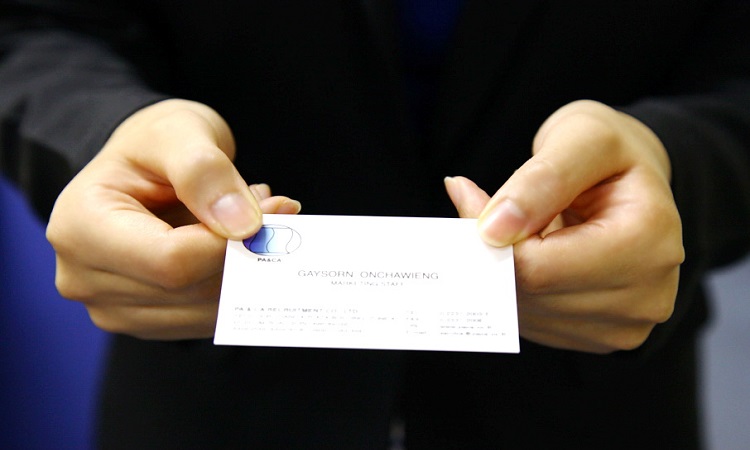
XVI. Intellectual Property Registration in China
A. How can I register my intellectual property in China?
Registering intellectual property (IP) in China involves several steps. Begin by conducting a comprehensive search to ensure your IP is unique and not already registered by someone else. Engage legal professionals specializing in IP law to guide you through the registration process. File the appropriate application with the China National Intellectual Property Administration (CNIPA) and submit the required documentation, including detailed descriptions, drawings, and proof of use. Monitor the registration process and respond to any queries or objections from the authorities.
B. What are the benefits of registering IP in China?
Registering your intellectual property in China offers several benefits. Firstly, it provides legal protection against infringement and unauthorized use of your IP within China's jurisdiction. It enables you to take legal action and seek remedies if your IP rights are violated. Registering IP in China can also enhance your business reputation and build trust with Chinese partners and consumers. Moreover, it strengthens your position when negotiating with suppliers and can serve as a valuable asset if you plan to license or sell your IP in China.
XVII. Government Regulations and Compliance
A. What are the regulations and compliance requirements for importing goods from China?
Importing goods from China requires compliance with specific government regulations and requirements. Each country has its regulations regarding customs procedures, import documentation, product standards, labeling requirements, and safety certifications. Familiarize yourself with the import regulations of your country, consult with customs authorities or import experts, and engage customs brokers if necessary. Ensure that your imported goods meet all relevant standards and comply with applicable safety and quality requirements.
B. How can I ensure compliance with product safety standards?
Ensuring compliance with product safety standards involves several steps. Stay updated on the safety regulations and standards of your target market. Research and understand the specific safety requirements for your product category. Request relevant product testing and certifications from your suppliers to confirm compliance. Engage third-party testing laboratories to conduct independent product testing if necessary. Regularly monitor and assess your suppliers' compliance with safety standards and follow any product recalls or safety alerts issued by regulatory authorities.
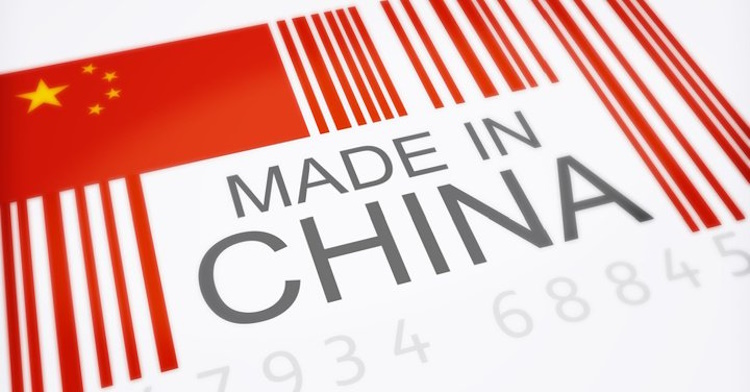
XVIII. Ethical Sourcing and Social Responsibility
A. How can I ensure ethical sourcing practices from Chinese suppliers?
Ensuring ethical sourcing practices from Chinese suppliers requires due diligence and proactive measures. Screen potential suppliers for ethical compliance, including labor practices, environmental impact, and adherence to international standards. Request supplier codes of conduct and assess their social responsibility initiatives. Prioritize suppliers with certifications or memberships in organizations promoting ethical sourcing, such as Sedex or the Business Social Compliance Initiative (BSCI). Conduct periodic audits and inspections to monitor ongoing compliance with ethical standards.
B. What are the social responsibility considerations when sourcing from China?
When sourcing from China, it is important to consider various social responsibility factors. These include fair treatment of workers, compliance with labor laws and regulations, occupational health and safety standards, environmental sustainability practices, and responsible supply chain management. Suppliers should demonstrate transparency, accountability, and a commitment to social responsibility. Collaborating with suppliers who prioritize these considerations can help create a positive impact and uphold ethical values throughout the supply chain.
XIX. Sourcing from Different Industries
A. What are the specific considerations for sourcing in the electronics industry?
Sourcing in the electronics industry requires specific considerations due to its complexity and fast-paced nature. Quality control is crucial, as electronics have precise specifications and performance requirements. Compliance with safety certifications, such as CE or UL, is essential. Intellectual property protection is critical, as counterfeit electronics are a significant concern. Supplier selection should prioritize established manufacturers with a track record of producing reliable and innovative products. Stay updated on industry trends, technological advancements, and evolving regulatory requirements.
B. How does sourcing in the textile and apparel industry differ?
Sourcing in the textile and apparel industry has unique considerations. Quality assessment should cover fabric quality, color fastness, stitching, and overall garment construction. Compliance with textile standards, such as OEKO-TEX or REACH, is vital. Social compliance, including labor conditions and fair wages, is a significant consideration. Supplier capabilities, such as fabric sourcing, pattern making, and garment production, should align with your requirements. Stay informed about fashion trends, sustainability initiatives, and evolving consumer preferences.
C. Are there any industry-specific regulations to be aware of?
Yes, various industries have specific regulations to be aware of when sourcing from China. For example, the food and beverage industry has stringent regulations on food safety and hygiene. The medical devices industry requires compliance with medical standards and certifications. The automotive industry has specific quality and safety requirements. Research and understand the regulations relevant to your industry, consult industry associations, and engage professionals with expertise in the specific regulatory landscape.
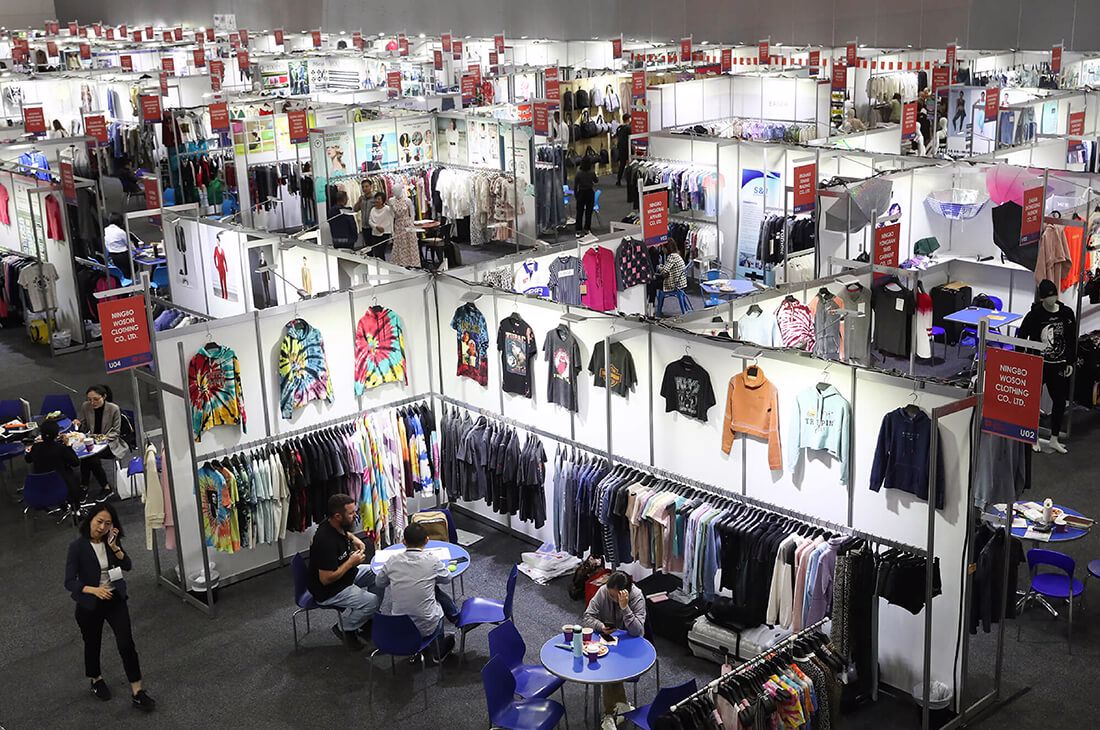
XX. Conclusion
Sourcing from China presents abundant opportunities for businesses seeking cost-effective manufacturing and a diverse supplier base. While challenges and concerns may exist, thorough research, effective communication, and proactive measures can help navigate the sourcing process successfully. From understanding logistics and shipping to ensuring product quality, intellectual property protection, and compliance with regulations, this article has provided insights to help you make informed decisions. Embrace the potential of sourcing from China and embark on a rewarding sourcing journey that can drive your business growth and success.
Remember, thorough planning, diligent supplier selection, and ongoing relationship-building are key to establishing a successful sourcing operation in China. By taking the time to understand the complexities, cultural nuances, and industry-specific considerations, you can harness the advantages of sourcing from China while mitigating potential risks. Explore the vast opportunities that await you and embark on a fruitful sourcing adventure in the world's manufacturing powerhouse.

